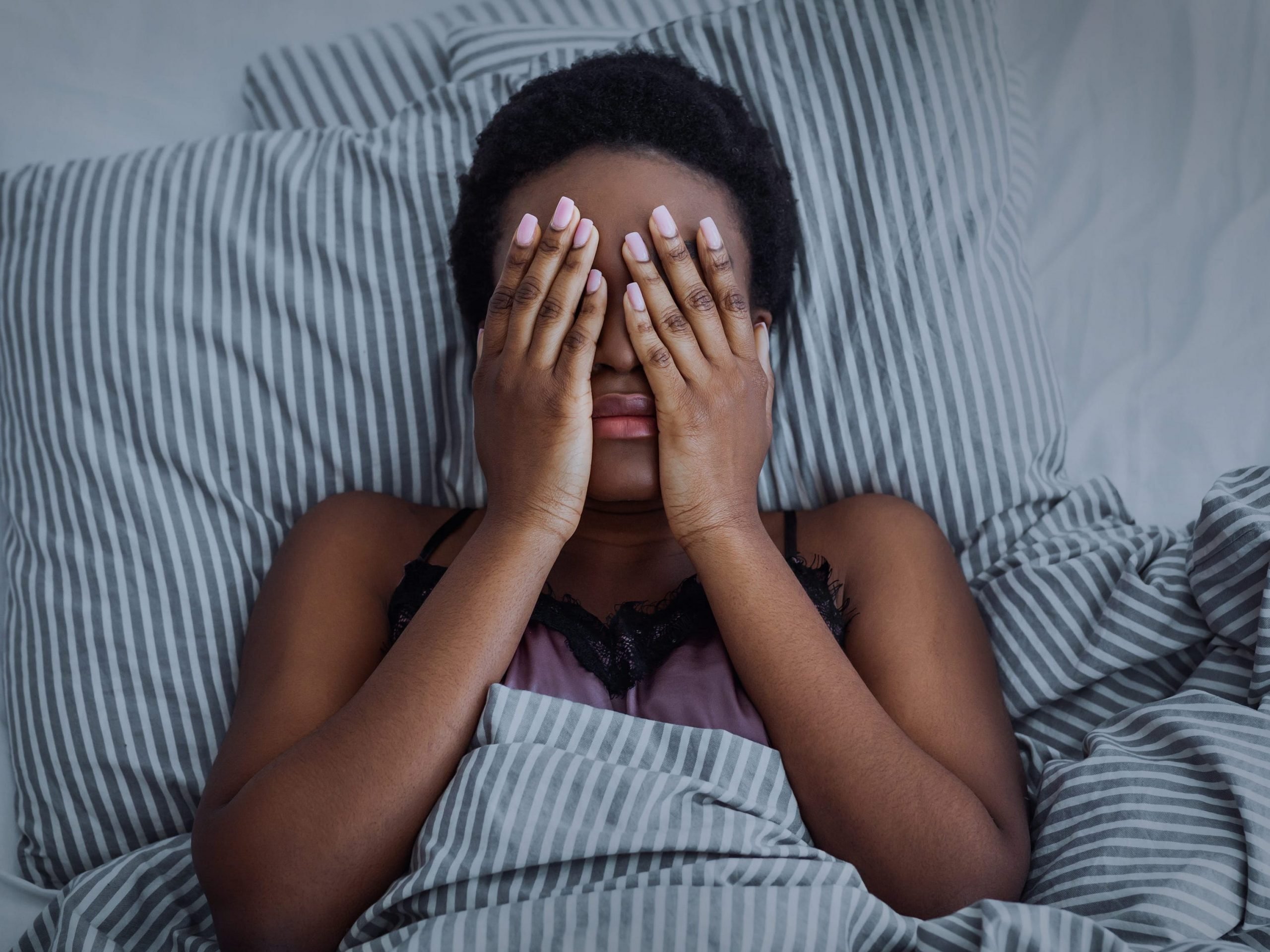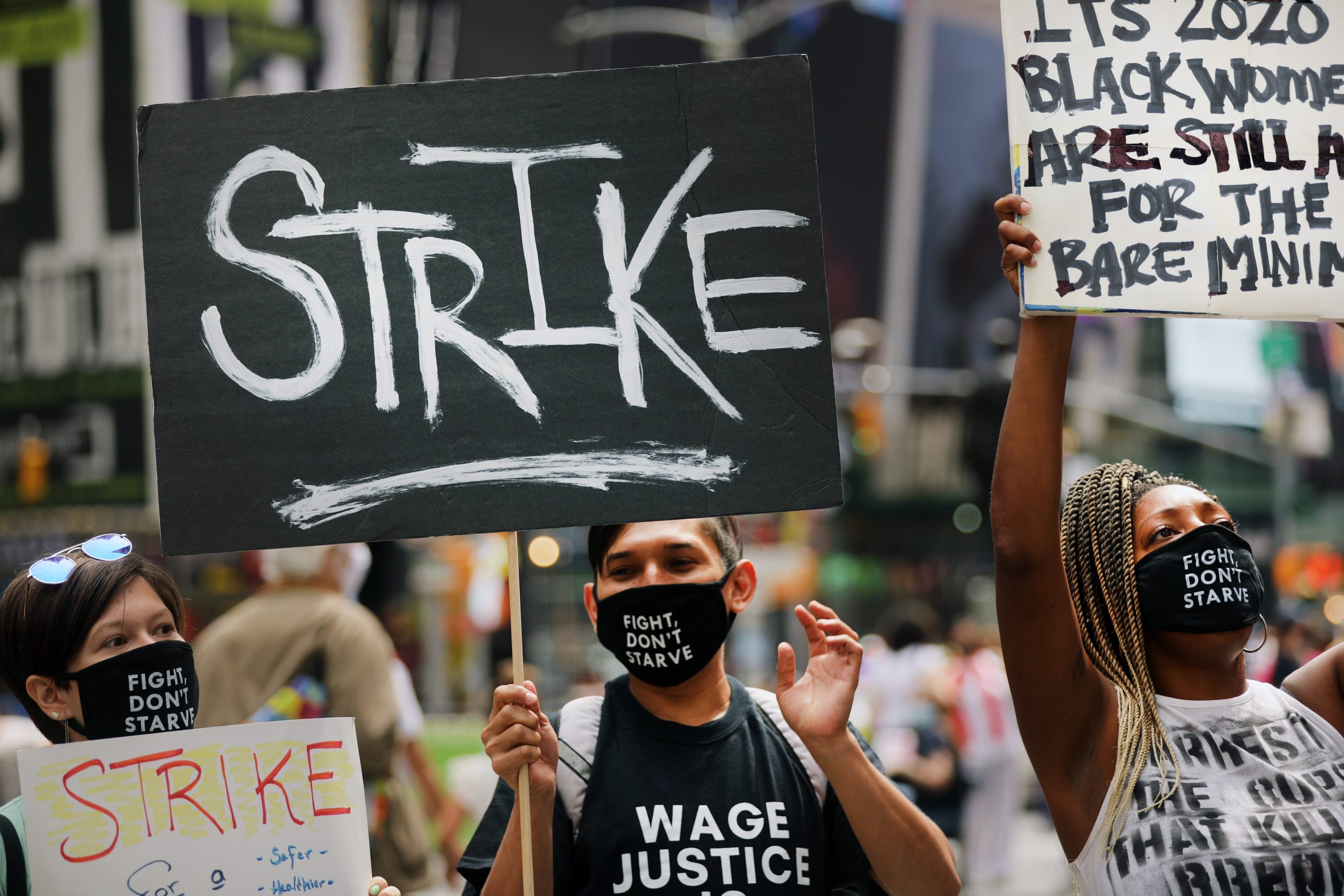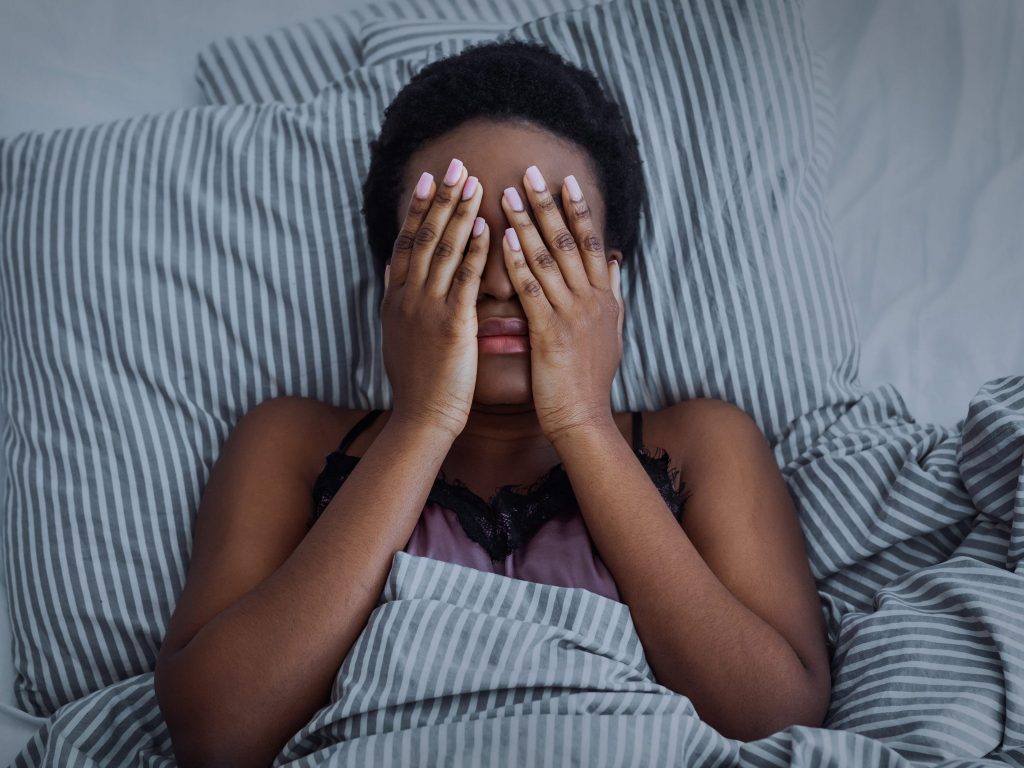
- A new study explains why communities of color take longer to fall asleep and deal with insomnia.
- Doctors recommend people get 7-9 hours a sleep but 37% of participants of color got less than six.
- Researchers say a lack of sleep is contributing to underlying conditions such as heart disease.
Communities of color are not getting enough sleep. In fact, many are getting significantly less sleep than their white peers, a new Science Magazine study reveals.
The study explains how communities of color take longer to fall asleep and deal with insomnia – leading to various health issues such as heart disease and diabetes.
Researchers in the study attribute that to the hourly wage jobs and concentrated pollution in communities of color, but the US Department of Health and Human Services says it's working to change those outcomes.
Nearly 40% of Black and Hispanic respondents said they got less than six hours of sleep, which is far below the recommended 7-9 hours 80% of white participants received.
Dr. Girardin Jean-Louis, a sleep researcher who contributed to the report, found that the primary factor for the discrepancy in sleep time is noise pollution.
Deep sleep, the highest level of sleep, is identified in the study as Delta-level sleep.
"This is a problem because your blood pressure is supposed to dip, so if you don't get enough delta sleep or deep sleep you may have difficulty managing your blood pressure," Jean Louis told Insider.
Jean Louis says these sleep patterns contribute heavily to racial disparities in public health and overall quality of life and life expectancy. On average Black Americans live nearly four years less than white Americans according to Healio.
Pollution is higher in Black and brown neighborhoods leading to sleep disparities
Researchers also noted the varying degrees of pollution that contribute to sleepless nights for people of color.
More than 14.3 million people of color in the US are exposed to year-long particle and ozone pollution, according to a 2020 report by American Lung Association's latest report "State of the Air."
If you don't get enough delta sleep or deep sleep you may have difficulty managing your blood pressure.Dr. Girardin Jean-Louis
And that is largely due to the close proximity to roads, traffic and industry lead pollution such as chemical plants.
Because of that pollution, people of color can toss and turn throughout their sleep trying to evade the noise and pollutants in the air - limiting their delta sleep delta sleep, Jean Louis says.
Black and brown people are more likely to sleep during the day as shift and hourly workers

Black and brown people are overwhelmingly represented in frontline, and shift jobs - leading to unorthodox sleep patterns and schedules, according to Jean Louis.
Therefore, he added, sleep during the day is "never really deep, profound sleep."
According to the US Bureau of Labor more than 45% of Black, Hispanic, and Asian Americans work frontline or shift jobs. Black and Brown neighborhoods are also more likely to be in a food desert. Metabolic conditions such as heart disease can result from prolonged lack of access to healthy foods, clean air, and an inconsistent sleep schedule.
"Your ability to get a goodnight sleep is severely compromised," Jean-Louis said. "They only get stage one or stage two which is transition sleep so shift work is a significant factor."
The US Department of Health and Human Services has made improving sleep disparities one its main goals over the next decade
Dr. Dayna Johnson, who also contributed to the Science magazine study, wrote that historically health organizations such as the American Heart Association have overlooked the role poor quality sleep has to illnesses such as heart disease and diabetes.
She wrote how sleep disparities have led to underlying conditions for communities of color contributing to racial disparities in the impact of COVID-19 and overall public health.
Those underlying conditions largely are tied to a person's work schedule and poor air quality in neighborhoods of color.
"There is starting to be more national attention, but we have no promotion of this," she told the Sleep Foundation in September about her paper. "I think there should be a campaign of healthy sleep awareness.
The solution to poor sleep disparities is multifaceted, Jean Louis says. It will require public officials at all levels of government reflecting on ways to mitigate the economic and environmental burden on communities of color, he says. That will inevitably lead to improving sleep outcomes.
He says a great first step is the US Department of Health and Human Services new Healthy People 2030 national objectives they started this year. He says they are looking at ways of improving sleep disparities and have categorized it as one of its main disease prevention goals over the next decade.
